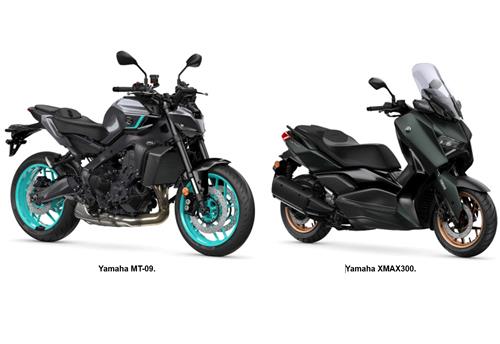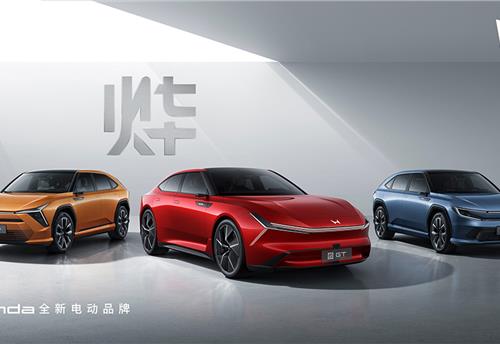Nissan Leaf 2018 prototype review: new EV driven
Second-generation version of the world’s best-selling EV promises improved range, refinement and performance
Ask 10 random strangers which is the world’s biggest maker of electric cars and, unless you happen to have stumbled across a team of battery scientists out to lunch, you can bet most will answer with Tesla.
But they’d be wrong. Truth is, if we ignore the hype and excitement around Elon Musk’s Californian car brand and concentrate on just the numbers, Tesla falls short of the world’s true EV champion: Nissan.
The Japanese manufacturer has sold more than 283,000 Leafs since its electric hatch went on sale in 2010, ranking this one model about 40,000 units ahead of Tesla’s entire range. And while the 400,000-odd orders for Tesla’s newly launched Model 3 suggest that gap will soon be diminished, it shows that up to now, Nissan has brought the EV to more people than any other make.
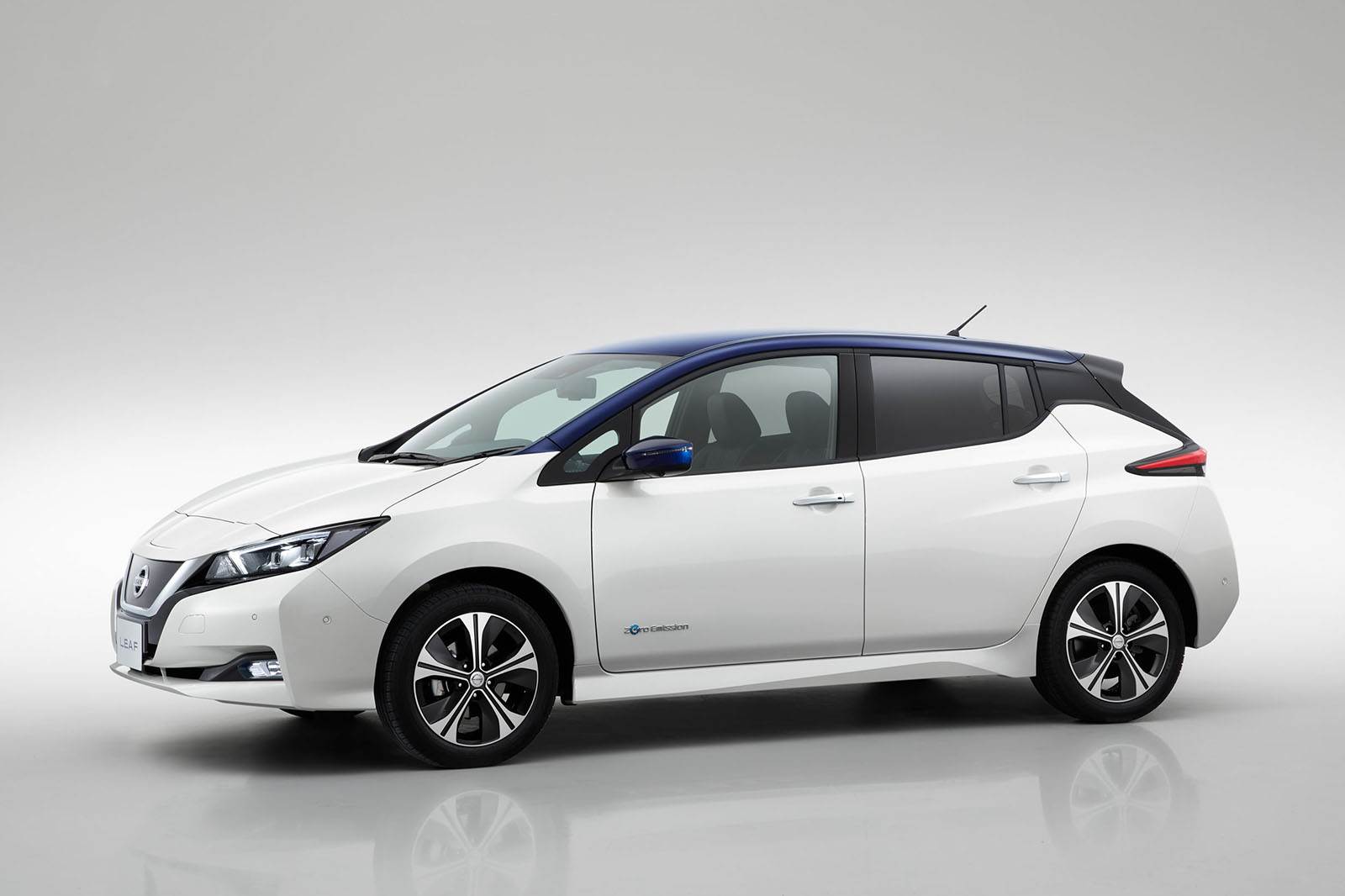
The Leaf was the world’s first genuinely usable electric car from a mainstream manufacturer, so it had a head start. But in recent years it has faced increasingly stiff competition from many global players. The market now includes the likes of the BMW i3, Volkswagen e-Golf, Hyundai Ioniq Electric and the Model 3, and it’ll soon be saturated with plenty more new EVs from pretty much every major brand. For the Leaf to continue with its world-beating success, it needs a major revamp – and for its shortcomings, of which it has several, to be addressed.
That’s where this new, second-generation Leaf comes in. Due on sale early next year, it has been conceived not only to do battle with its electric ilk but also to reach out to the masses. To do that, Nissan has determined that the car must have a real-world range of more than 320 kilometers, be fun to drive and have a design that appeals across the board. No surprise, then, that the car Nissan insiders have coined the ‘electric vehicle 2.0’ promises all of these things – and more.
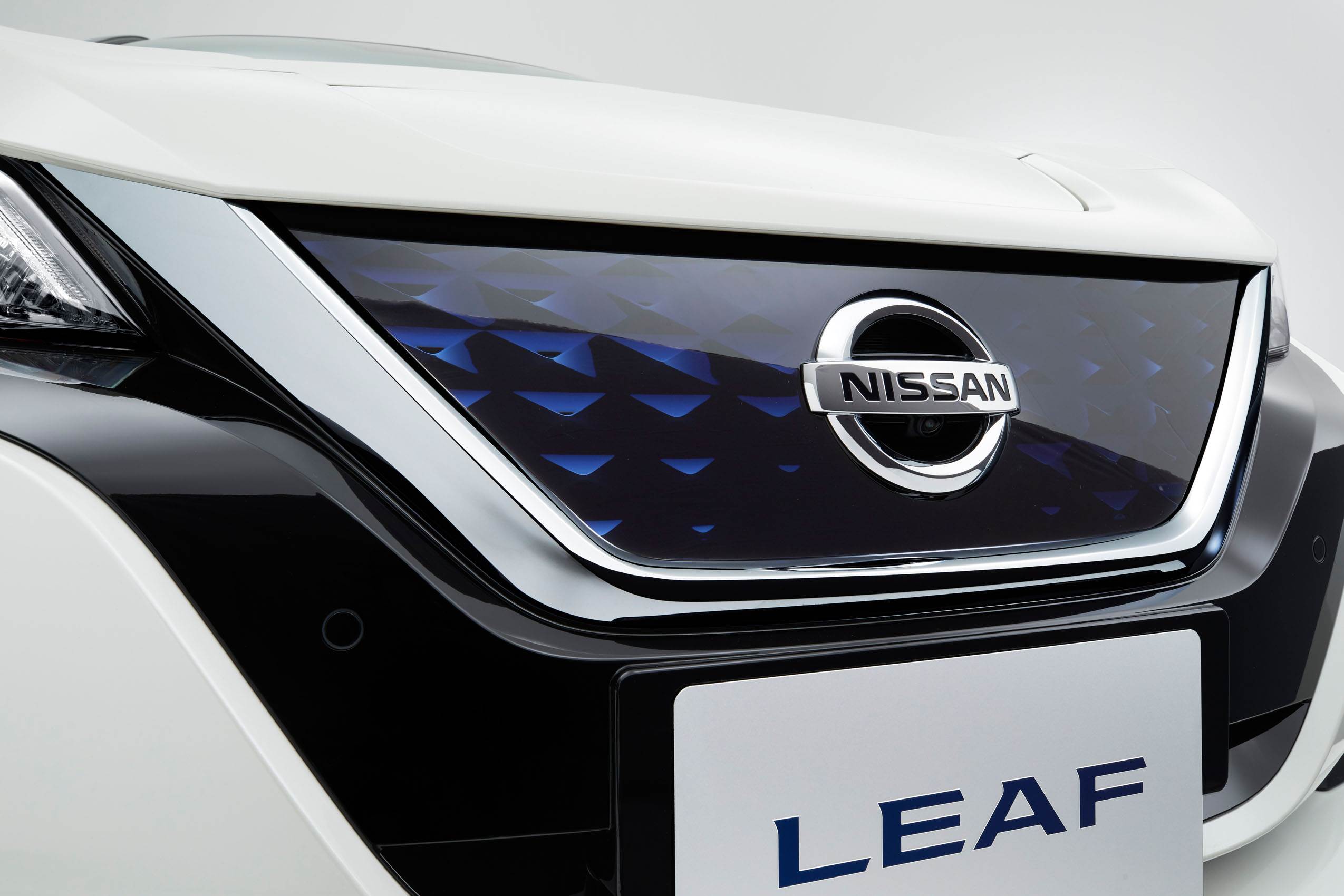
We say ‘more’ because Nissan eventually expects the real-world range of the Leaf to exceed 496 kilometers when an E-Plus model is introduced in 2019, but at launch, its claimed range will be about 376 kilometers. This is 111 miles better than the NEDC figure for the 24kW base version of the outgoing car and even beats the current 30kW range- topper by 128 kilometers. It would also rank the Leaf comfortably ahead of mainstream rivals such as the i3 and e-Golf, which claim no better than 298 kilometers.
The key contribution to this improvement is the fitment of a higher density lithium ion battery pack. The new car uses an evolved platform that features a floor-mounted battery, which is physically no larger than that of its predecessor but holds more ions to offer 40kWh of energy. The electric drivetrain now sends 148bhp to the front wheels. That is 41bhp more than today’s 30kW range-topper and enables it to accelerate from 0-62mph in about eight seconds. Compare that to the 11.5sec required by today’s quickest Leaf and you can see how dramatic a shift in driving characteristics the Mk2 promises.
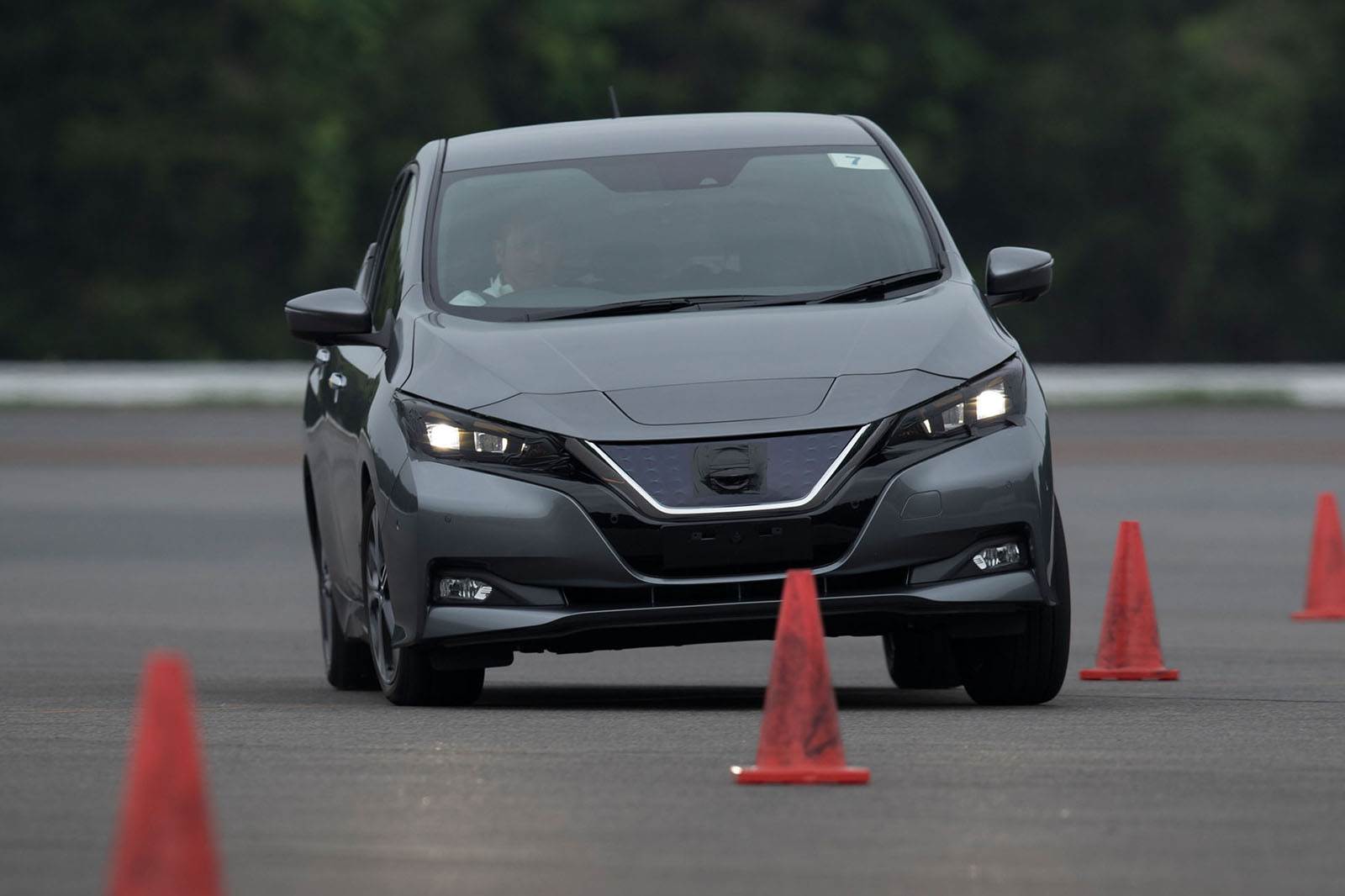
It’s a similarly large step forward for the car’s design. Nissan design boss Alfonso Albaisa admitted at an advance showing in Japan that the old Leaf’s design “wasn’t popular with the majority of people, so its look couldn’t contribute to sales”. The new car’s design, which was penned at Nissan’s technical centre in Atsugi, should appeal to far more people, having been heavily inspired by the IDS Concept that, as you may have noticed, also influenced the well-received new Micra.
The new Leaf’s sleeker shape also ensures it is slipperier through the air. Nissan claims a drag coefficient of 0.28, identical to that of the old model, but that comes despite the new car being 20mm wider and 35mm longer. Efficiency is boosted because it sits 10mm lower and wears an underside that features channels to control air vortices.
Nissan has worked so tirelessly to craft the cleanest shape that the aerodynamicists even considered the movement of air over the car when it is turning, as opposed to just travelling in a straight line.
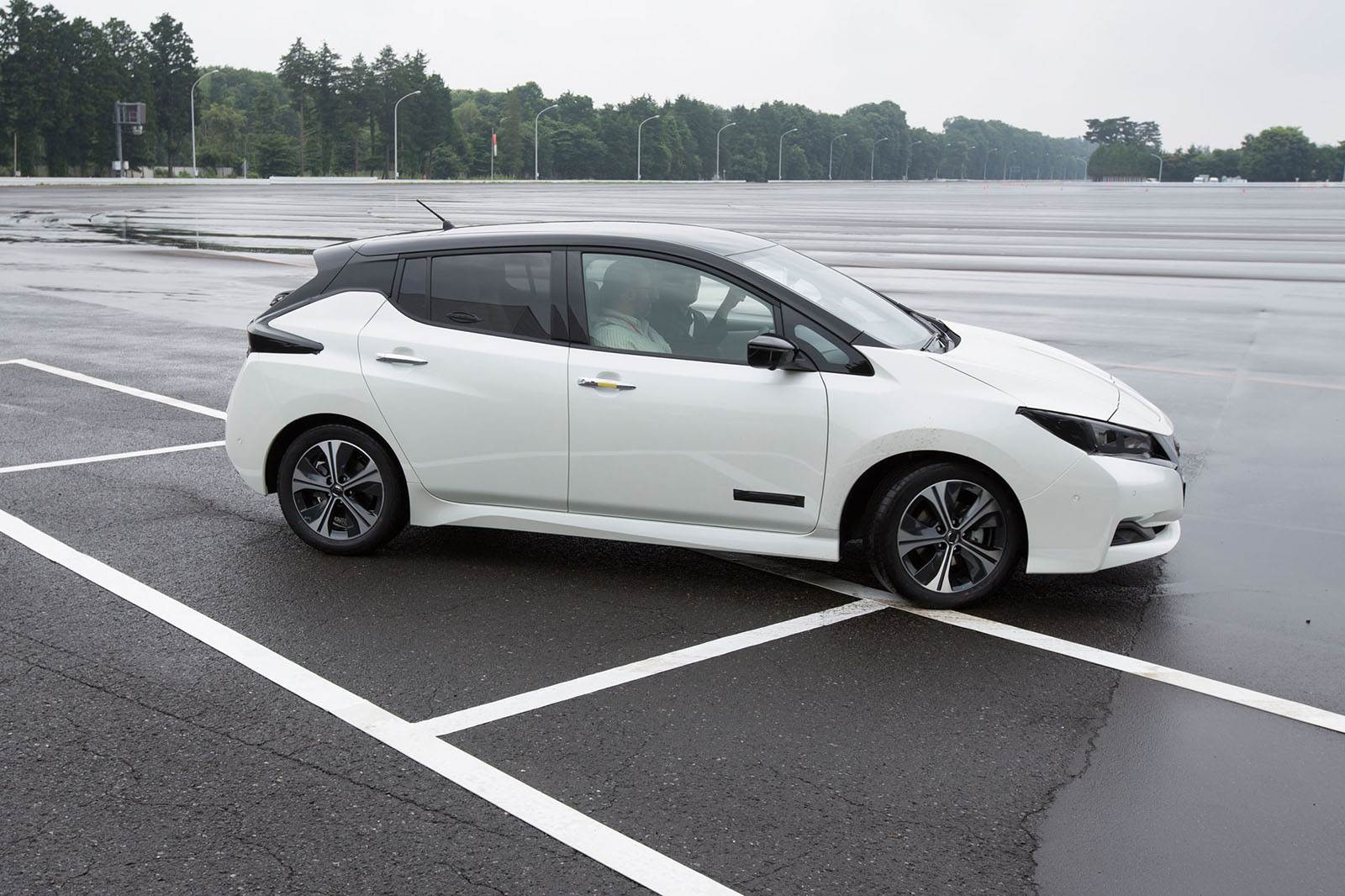
Inside the new Leaf you’ll notice many features from the Micra. The steering wheel and several dashboard lines are familiar from the supermini, and the first Leaf’s blue-accented rotary switch to control the drive direction remains. In Britain, the Leaf will come as standard with a digital instrument cluster as well as a new 7in infotainment system. The screen resolution and responsiveness of the pre-production car we sampled was far below that of the class’s leaders, so here’s hoping the final production car’s system is better.
But the car makes up ground in the tech department with a raft of new autonomous features. These include a next-gen Propilot system that’s based around adaptive cruise control and can bring the car to a stop, and (a first for Nissan) an automatic parking function, called Propilot Park.
The tech feature that’s been given the brightest spotlight in the run up to the launch is the e-Pedal. Nissan says the system, which encourages one-pedal driving, is a world first, but we’ve seen similar resistance-based technology in electric cars before.
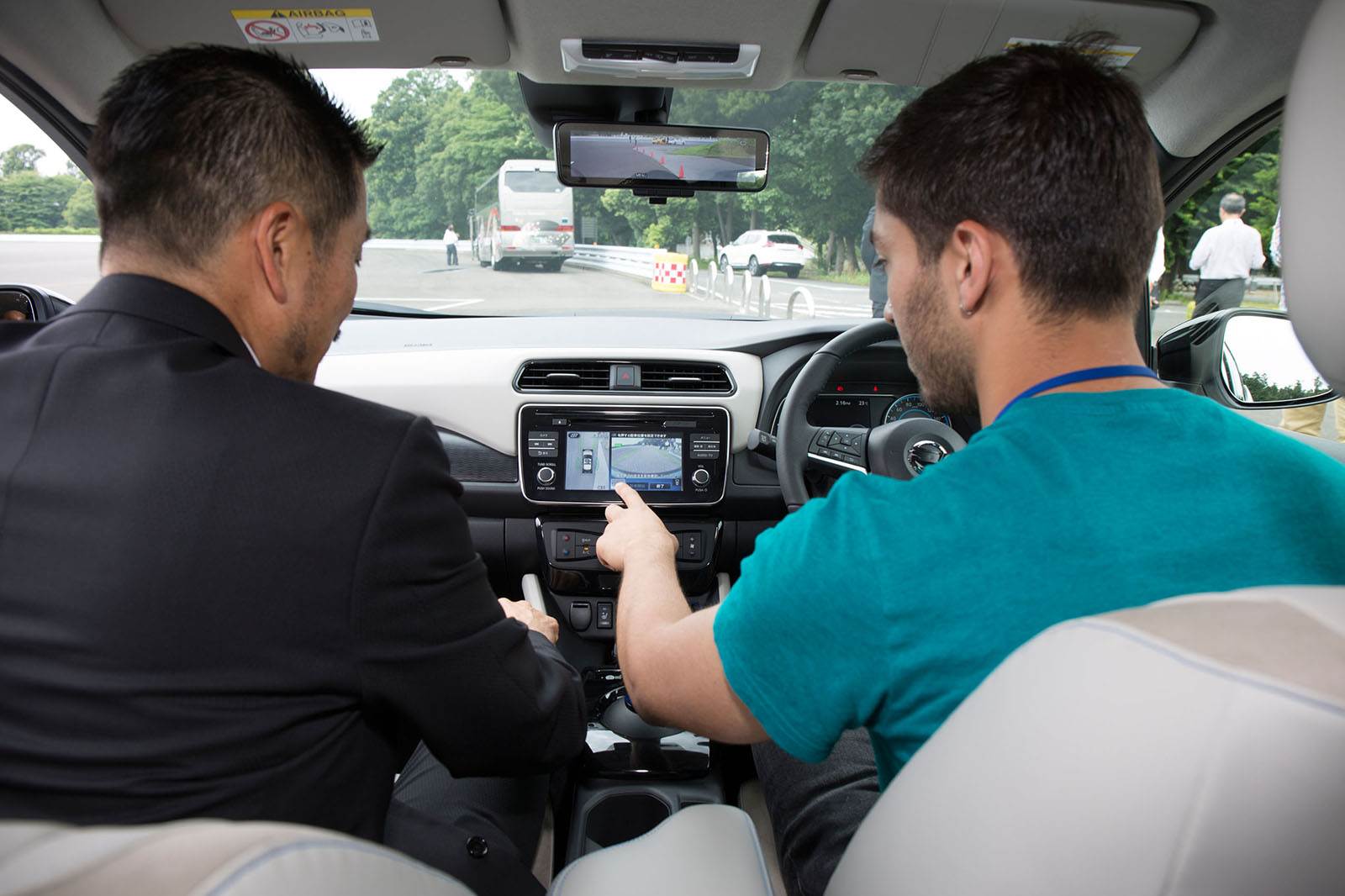
What sets the Leaf’s e-Pedal apart is that it combines the resistance of the car’s front-axle regenerative braking system, which is twice is powerful as the first-gen car’s, with the brakes. With e-Pedal on (it can be switched off so the car coasts in a more conventional manner, should you want it to) the Leaf decelerates with up to 0.2g of force, enough to bring the car to a complete stop and negating the use of the brake pedal in around 90 percent of urban driving. It takes some getting used to, but the concept really does work. Nissan’s engineers stress that the set-up of our pre-production Leaf is not fully representative of cars that’ll reach Britain. Cars heading here, they say, will swap the cushioned ride of our Asian-spec test car for more composure, engineered at Nissan’s technical centre in Cranfield.
But even in Asian prototype form, the Leaf remains surprisingly flat through the winding infield roads of the Atsugi test centre. This is no doubt helped by the car’s battery-influenced low centre of gravity, but it’s also a result of the car’s chassis control technology, which reduces pitch and roll. Nissan also claims the car’s rear section is 15 percent stiffer than before. The dominating trait of the new Leaf, though, is its much more responsive drivetrain. The spongy throttle response of the old car has been swapped for something sharper, and the motor’s additional punch means you’re genuinely pressed back into the seat as the Leaf surges forward in the typically unbroken manner of an EV. Most impressive is the rolling acceleration, which should make it much more effective at overtaking and on motorways.
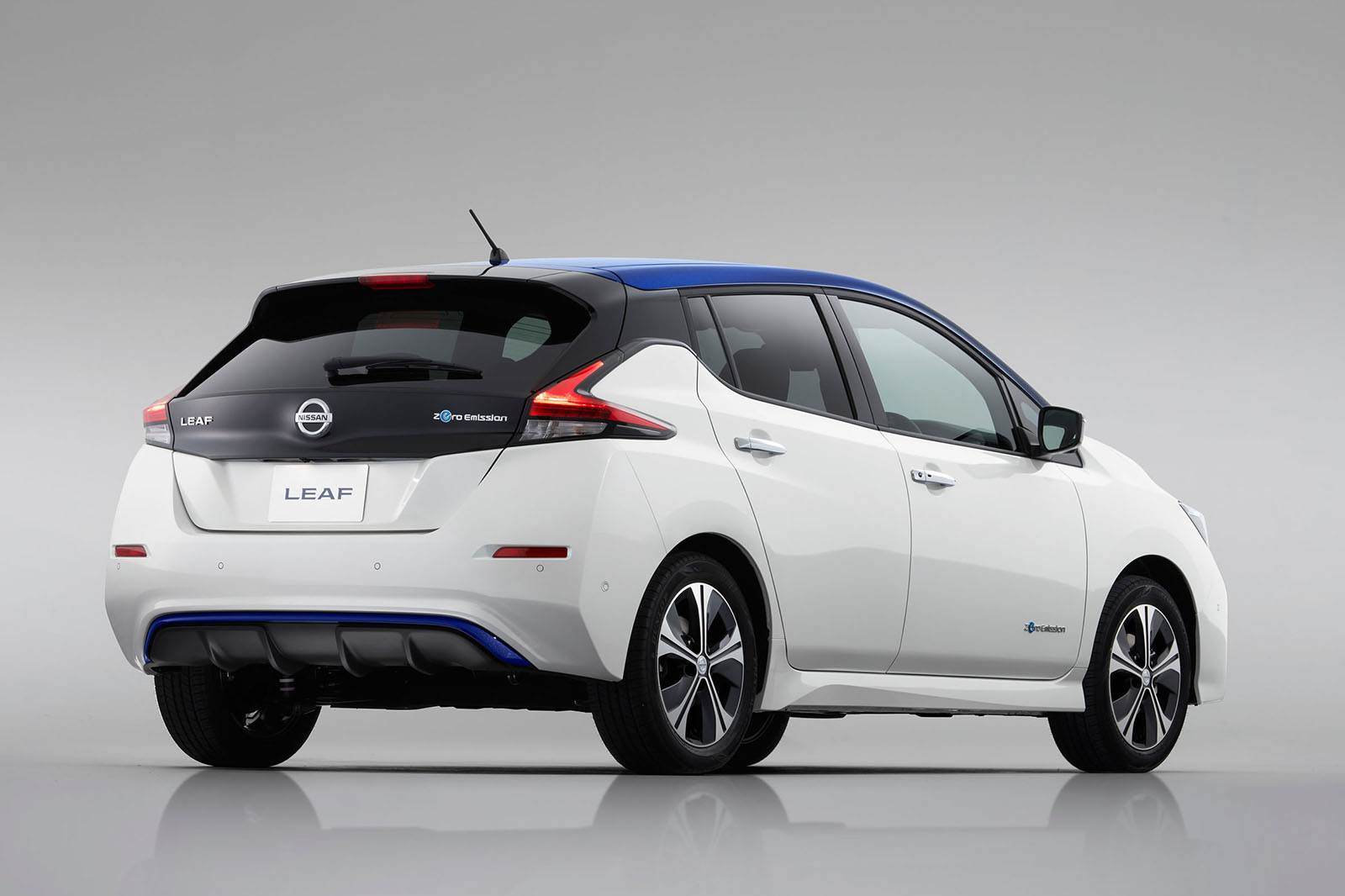
Put simply, it makes the second-gen car significantly more enjoyable to drive and, although the overly light steering that’s devoid of feel kills any real chance of engagement, it means buyers may be drawn to the Nissan for its performance – and we never thought we’d say that about a Leaf... The new Leaf is much more than just an evolution of its predecessor; it’s an entirely different proposition. To succeed in a world where electric vehicles have moved from being an uncertainty to an inevitability in just seven years, the Leaf had to change.
Our early drive suggests the shift will be a significantly large one, and at this moment we’d say the Leaf stands in good stead to challenge for class honours.
But it will be a far greater challenge for the second-generation car, which is soon to be faced with all-new rivals such as the Volkswagen ID, to stand the test of time as well as its groundbreaking predecessor.
What lies beneath the Leaf
The structure of the new Leaf is essentially an evolved version of the Mk1’s underpinnings. The changes that have been made are said to boost structural rigidity, enhance refinement and improve the weight distribution.
Despite these improvements, Nissan has managed to save an undisclosed amount of weight by using new materials and joining methods. The structure itself is also more adjustable, enabling it to offer a wider range set-ups for different regions. The UK, for example, will get its own settings in order to cater to our uniquely potholed roads.
Further changes will be made for the forthcoming E-Plus model, which will use a further modified version of the regular Leaf’s structure. It will need to be more rigid so it can accommodate a heavier battery of a yet to be revealed capacity, and it’ll have to handle the additional torque provided by a larger motor. No power output has been revealed, but Nissan said the E-Plus will be so much punchier that it will require a toughened-up inverter.
Price £27,000 (Rs 26 lakh)

RELATED ARTICLES
Hyundai and carbon fibre specialist Toray to develop lightweight, high-strength materials
Partnership aims to secure capabilities to develop lightweight and high-strength materials for environmentally friendly ...
Yamaha wins Red Dot product design awards for MT-09 and XMAX 300
The latest awards mark the 13th year in a row – every year since 2012 – that a Yamaha Motor product has received a Red D...
Honda reveals new Ye series of EVs for China
A second set of Ye EVs will be revealed in the coming months, completing the six-car line-up for China.





 06 Sep 2017
06 Sep 2017
 5461 Views
5461 Views




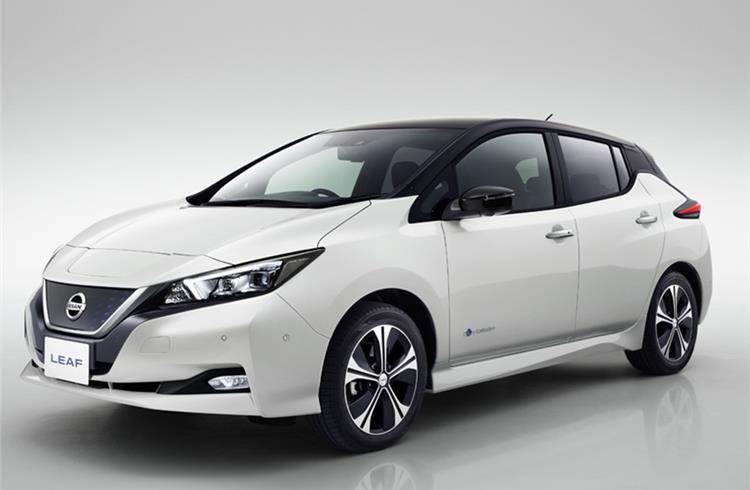
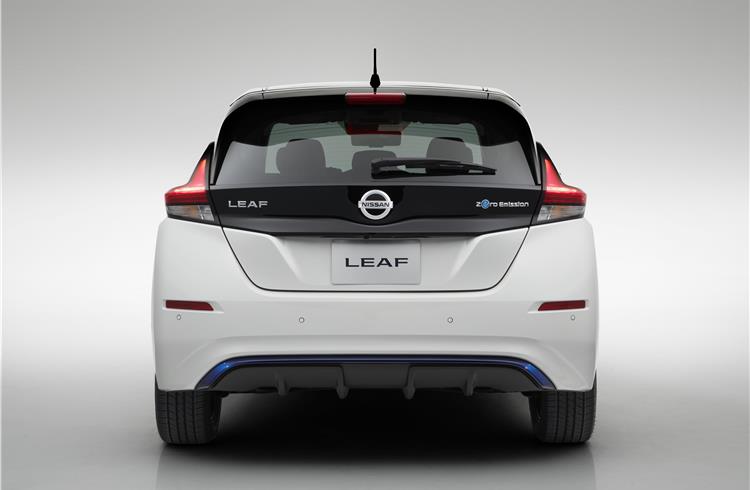
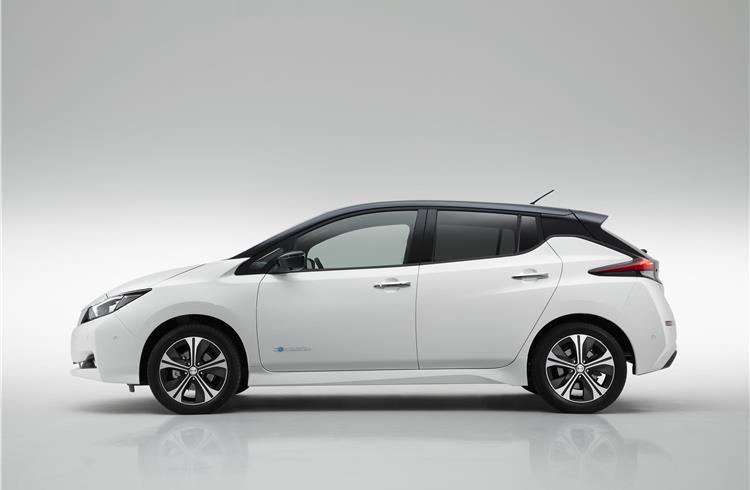
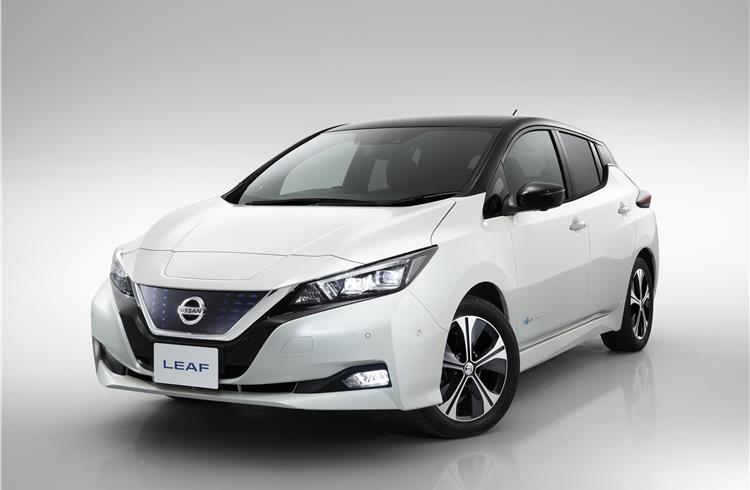
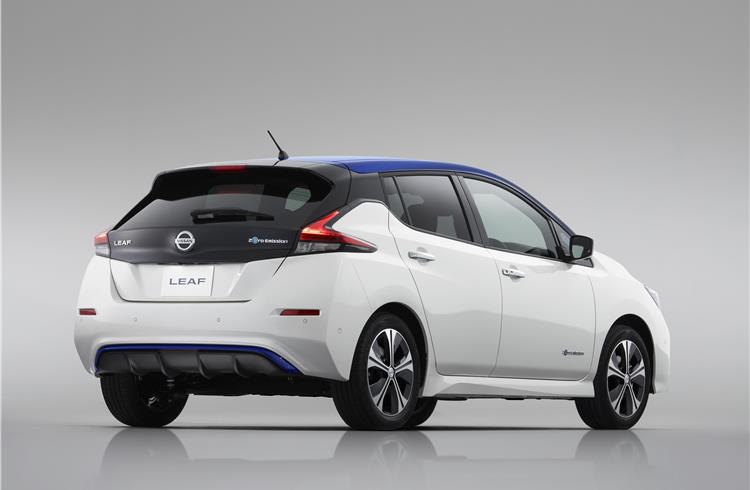
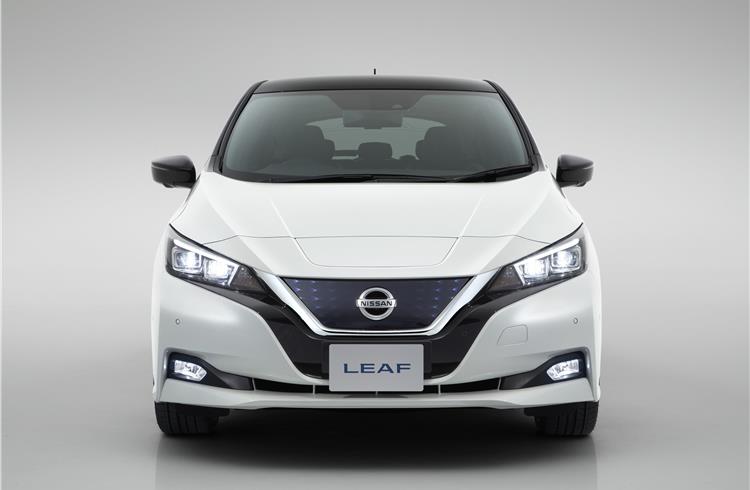


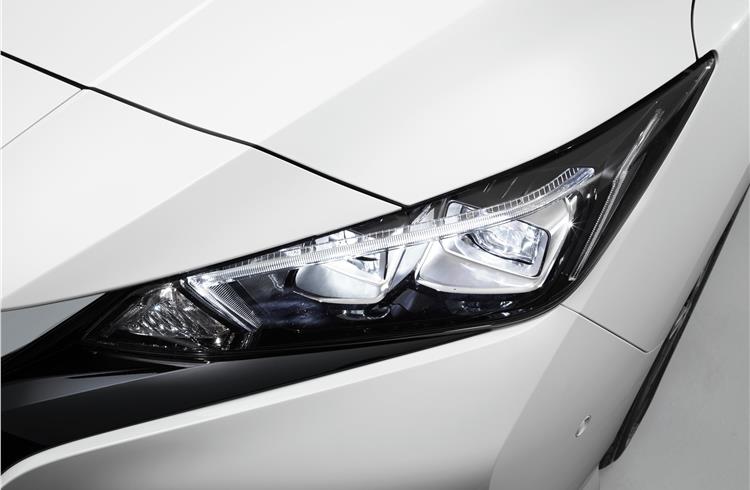
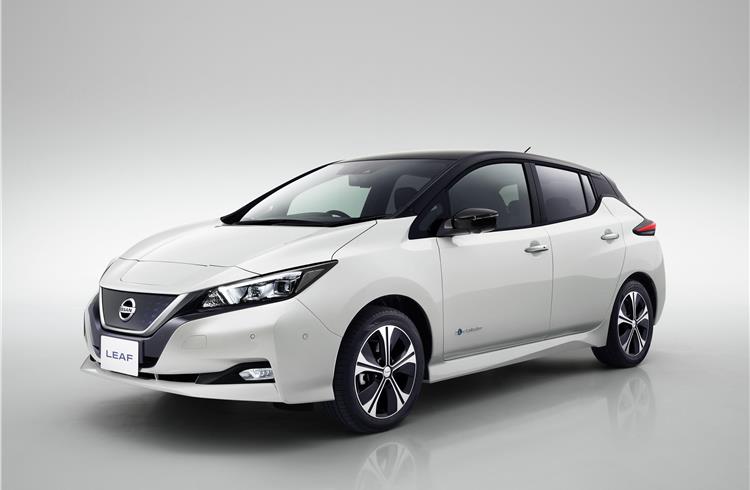
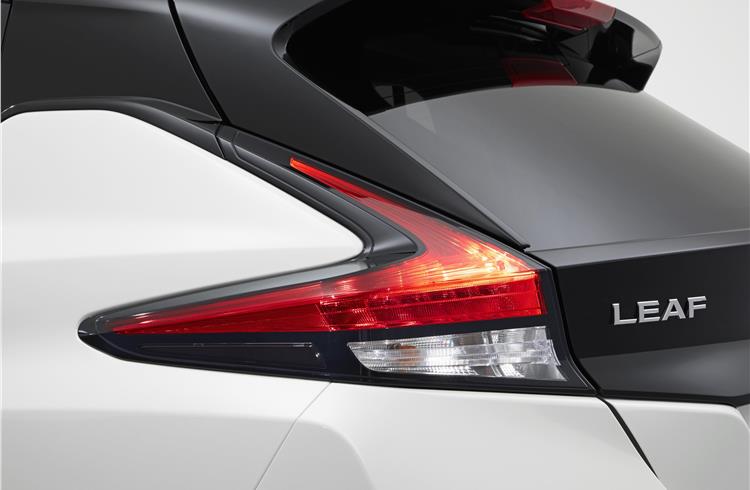


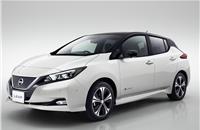


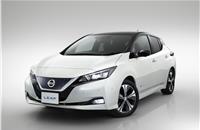
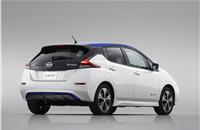
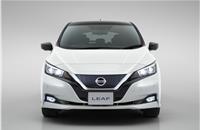
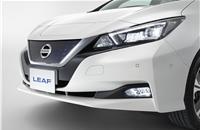
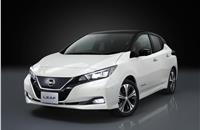

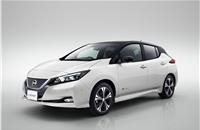
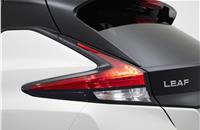
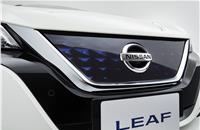
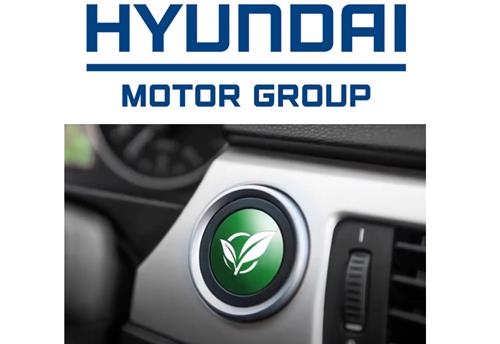
 Autocar Pro News Desk
Autocar Pro News Desk

